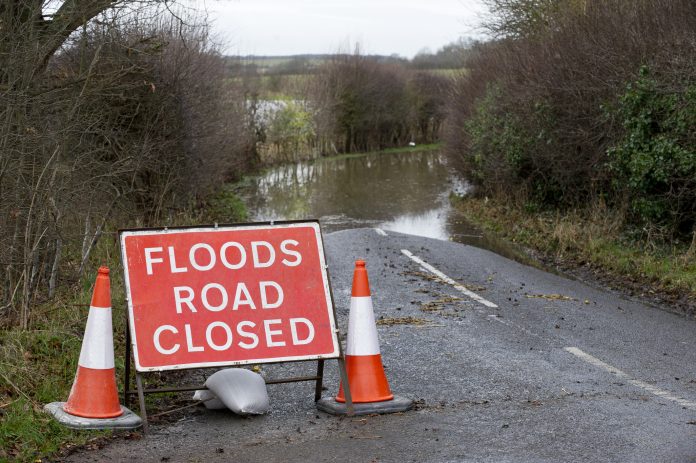1.2 billion people around the world are at risk of life-altering impacts from climate hazards like heatwaves, flooding, hurricanes, and drought
A new report from the World Bank Group suggests that faster and more sustainable development can significantly migrate the economic quality of life losses associated with climate change.
The report, named “Rising to the Challenge: Success Stories and Strategies for Achieving Climate Adaptation and Resilience,” shows the importance of accelerating development and implementing targeted adaptation strategies.
It emphasises a key finding, a 10% increase in GDP per capita could decrease the number of highly vulnerable individuals by approximately 100 million. While boosting income is essential, it’s equally critical for countries to adopt climate-informed policies to improve community resilience.
Improving development for climate resilience
It is also important to improve these policies to fit each nation’s unique circumstances. Wealthier nations should focus on upgrading their existing infrastructure to withstand climate impacts, while lower-income countries have a unique opportunity to build new infrastructure with sustainability in mind from the ground up.
The World Bank Group actively addresses these challenges by increasing efforts across various sectors, including food and agriculture, water management, ecosystems, infrastructure, and social safety nets.
Their plans hope to better prepare communities for climate shocks through measures like enhanced early warning systems, improved access to insurance, and rapid health care responses during crises.
For the first time, the World Bank is tracking progress on its climate interventions through a new Corporate Scorecard. This scorecard will serve as a benchmark for accountability and measure the organisation’s success in tackling extreme poverty and fostering shared prosperity in a changing climate.
Successful climate adaptations
The report also shows successful examples of climate adaptation from around the world. In India, the Ahmedabad Heat Action Plan has combined early warning systems with community outreach to significantly reduce heat-related deaths.
Niger’s adaptive social protection system has provided cash assistance to families during droughts, enhancing food security and overall well-being.
In Bangladesh, improved weather forecasts have led to a better reduction in crop losses during storms. Across various regions, private utilities are increasingly incorporating climate risks into their business strategies, ensuring reliable electricity services through nature-based solutions.
These success stories show that effective climate adaptation can be possible and can also lead to thriving communities in the face of adversity.











